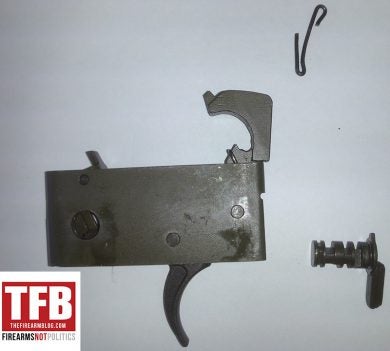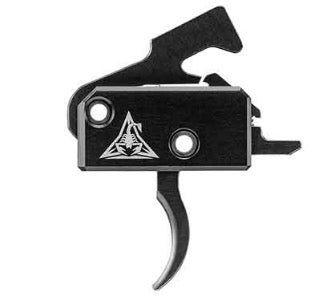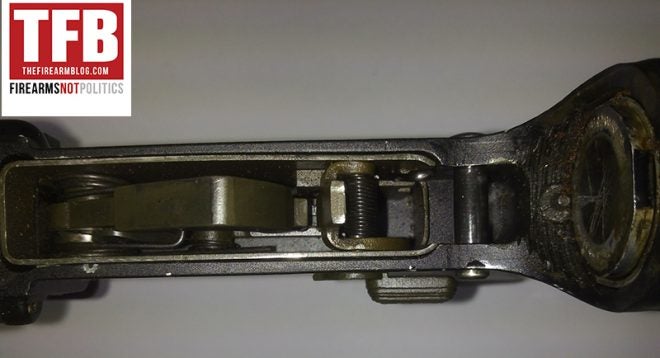Two days ago I published a blog post with diagrams of the REVOLUTIONARY Taiwanese T86 rifle. This AR-15-style rifle featured not only a self-contained piston gas system back in 1998, long before the piston-AR craze in the USA, but it also featured the first drop-in trigger for an AR-15. Sadly this rifle was as unknown in the West as it was innovative.
In that blog post I asked readers, living in countries where the T86 is in service, if they could try and obtain photos of its trigger system. Being a relatively obscure rifle that has only ever seen military use, I did not have a lot of hope. Imagine my surprise to get an email from an incredibly well-placed source who took the time to strip a T86 and take high resolution photos for TFB. As far as I know no detailed photos of the trigger system have ever been published online. I was not even able to find low-resolution photos, only diagrams.
The source has sworn me to secrecy, and so I will not even hint as to who or where the source is.
The design process of the T86 began in 1992 and ended 6 years later in 1998. The rifle went into production in 2000 and unfortunately did not see wide adoption due to military budget cuts, but it was exported to Jordan and the UAE.
The external dimensions of the T86 lower receiver are the same or very close to a standard AR-15 lower, but what is really interesting is that there are no trigger pins or hammer pin holes.


No pins means no pins to lose in the field and the lack of holes also gives it an aesthetically pleasing look (in my mind at least).


The trigger itself is self contained. It requires no pins other than the selector switch. It literally drops-in. The T86 trigger is larger than the AR-15 drop-in triggers on the market today. Compare it to the Rise Armament drop-in trigger below which does not enclose the selector switch. 
Other than being physically larger it appears to operate the same as a regular AR-15 drop-in trigger. Both have pins in the same position to hold the trigger components. Unlike commercial drop-in triggers which fit into mil-spec lower receivers, the internal dimensions of the T86 lower were modified to hold its trigger in place without the need for receiver pins.


As you can see the tolerances are tight and there is no play between the trigger and the lower receiver. This is quite a beautiful system!
Unfortunately I do not have photos of the piston system. The only diagram I have shows a very interesting self-contained unit that contains both the piston and gas tube. This may have been the first AR-15 piston system to be adopted by any military (Colt developed the first AR-15 gas piston, the Colt 703, but only two prototypes exist).

This rifle was ahead of its time, but sadly because of defense budget cuts in Taiwan in the late 1990s, it never saw the widespread use it may have. Earlier today a gun industry veteran emailed me saying he thought we will soon see lower receivers designed to accommodate drop-in triggers like the T86 system. This would get around Mossberg’s patent, which essentially patents the use of pins to secure a drop-in trigger, not the trigger itself.
Read more about the patent situation below:
BREAKING: The Truth Behind Drop-in AR-15 Triggers. They Date Back to 1998.
Update: The very first Mossberg US Patent infringement suit in 2012 Vs. Timney
 Your Privacy Choices
Your Privacy Choices
